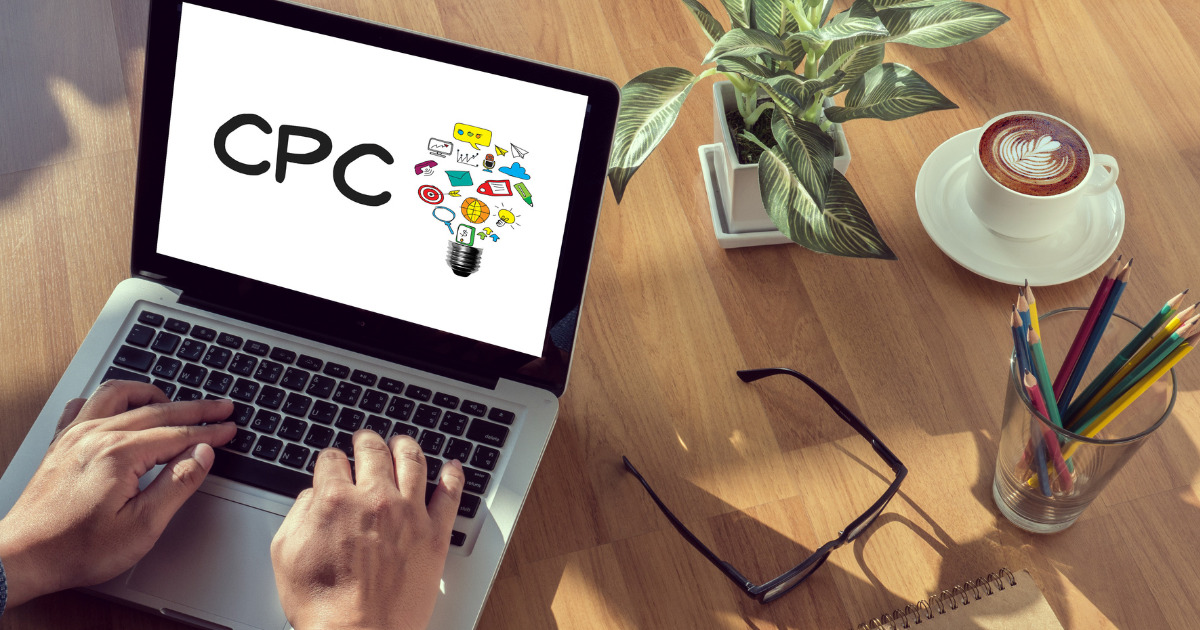“What is paid media in the first place?”
“What effects does paid media have?”
“I just want basic knowledge of paid media.”
Are you struggling with these questions?
In web marketing, it can be challenging to memorize many difficult terms. However, the term “paid media” that we will introduce this time is one you’ll want to remember to understand the “media” that appears in web marketing.
In this article, we cover the following:
- Meaning of Paid Media
- Types of Paid Media
- Examples of Using Paid Media
- Pros and Cons of Paid Media
If you are a web professional who wants to master the basics of paid media and is looking for an easy-to-understand explanation, this is a must-read.
Be sure to read it until the end.
Table of contents
What is Paid Media?
Paid media is a media platform where companies pay to display advertisements. It is one of the three major media (owned media, paid media, earned media) that consumers encounter, known as triple media, playing a role in expanding awareness of the company’s products and services to a wide range of users.
However, in reality, it’s challenging to prompt users to make a purchase just by expanding awareness. Therefore, when using paid media, it is necessary to combine elements different from “owned media” and “earned media.”
Differences Between Paid Media and Owned Media
While paid media refers to platforms where companies pay to display ads, owned media refers to media owned by the company itself.
The most significant difference between paid media and owned media is their role in marketing.
Paid media is suitable for expanding the awareness of companies, products, and services, while owned media is adept at building trust relationships between users and companies and branding.
As owned media is a media platform operated by the company itself, it allows for targeted information dissemination and branding activities such as design settings.
In contrast, paid media is not well-suited for branding because it must adhere to the rules of other media platforms, requiring advertisements to comply with the rules regarding content safety and display duration.
Therefore, when using paid media and owned media, it is advisable to keep in mind expanding company awareness with paid media and generating interest in the company with owned media.
Differences Between Paid Media and Earned Media
Earned media is a media platform where users disseminate information about companies.
Main examples include sharing on social media, word of mouth, and blog articles.
The most significant difference from paid media is the source of information dissemination.
While paid media involves companies disseminating information, earned media involves users themselves disseminating information. Through user dissemination of company information, other users and companies can learn about the company’s reputation and needs.
For example, when buying products online or searching for a restaurant, have you ever researched information through reviews or blog articles?
Since earned media provides information from a third-party perspective, it offers more genuine content than information disseminated by companies.
Paid media is a media platform for making company information known to an unspecified number of users. Earned media is a platform where users disseminate company information to other users and companies.
Types of Paid Media
There are mainly three types of paid media:
- Web Advertising
- 4-Mass Advertising (TV, Radio, Newspaper, Magazine)
- SP Advertising
Let’s explain each feature.
Type 1.
Web Advertising
Web advertising refers to advertisements that can be displayed on the web.
It involves placing ads on advertising spaces on websites, SNS, emails, etc., to encourage users to increase sales and awareness of products and services.
Web advertising allows targeting based on factors such as gender and age, making it easy to appeal to the targeted users. The main types of web advertising include:
- Listing Ads
- Display Ads
- SNS Ads
Types 2.
4 Mass Media Advertising
4 Mass Media Advertising refers to advertisements that can be placed on the four major mass media.
- Television
- Radio
- Newspaper
- Magazine
Among various advertisements, 4 Mass Media Advertising is capable of reaching a large number of users.
Primarily centered around television and radio, 4 Mass Media Advertising is widely used by many users, making it highly effective in expanding awareness compared to other advertisements.
Additionally, 4 Mass Media Advertising excels in reliability more than web advertising.
Compared to web advertising, however, 4 Mass Media Advertising has a significantly higher cost and hurdle for placement, making it challenging for some companies to advertise despite the desire to do so.
Therefore, it is an effective advertising medium for expanding awareness to a large number of users and gaining trust.
Types of Paid Media 3.
SP Advertising
SP Advertising refers to advertisements other than web advertising and 4 Mass Media Advertising.
It is called Sales Promotion Advertising, aiming to increase purchasing motivation and promote sales of products or services.
For example,
- POP
- Insert Flyers
- Direct Mail
- Catalogs
- Campaigns
- Transportation Advertising
Since SP Advertising is targeted at specific users, the actual number of people reached is not as high as 4 Mass Media Advertising.
However, by narrowing down the target, it becomes easier to resonate with users, making it easier to lead to product transactions.
Advantages of Paid Media
This section introduces the advantages of Paid Media.
There are two advantages:
- Capable of reaching a large number of users
- Can freely determine the content of the advertisement
Let’s explain each one.
Advantage 1 of Paid Media.
Capable of Reaching a Large Number of Users
The first advantage of Paid Media is the ability to have your company’s products or services recognized by a large number of users, regardless of their intentions.
Since Paid Media can display advertisements to users regardless of their intentions, reaching a large number of users is not difficult.
Therefore, there is a high potential for getting recognition from users who were not familiar with your company before.
For example, have you ever seen a web advertisement or TV commercial and remembered the company name or the products they offer?
Similar to that experience, Paid Media significantly contributes to getting your company recognized by a large majority of users.
Advantage 2 of Paid Media.
Immediate Impact on Awareness Expansion and Customer Acquisition
The second advantage of Paid Media is its immediate impact on the expansion of awareness and customer acquisition for companies.
Paid Media is an advertising medium that already has a large number of users and delivers advertisements.
In other words, it delivers advertisements with a certain level of exposure, making it highly effective immediately.
While Paid Media is the only medium among Triple Media that incurs advertising costs, this is because exposure is already guaranteed to some extent.
If you choose the right media, not only can you get your company’s products recognized, but there is also a possibility of getting them to make a purchase.
And this immediacy is the biggest advantage of Paid Media, so if results are needed as soon as possible, consider using Paid Media.
Disadvantages of Paid Media
Let’s explain the disadvantages of Paid Media.
There are two disadvantages:
- Communication with users tends to be one-sided
- Continuous advertising costs are incurred
Similar to the advantages, let’s explain each one.
Disadvantage 1 of Paid Media.
Communication with Users Tends to Be One-Sided
Since Paid Media is a medium that sends information to users unilaterally, it is difficult to communicate with users.
When communication is difficult, it is important to be cautious as it is challenging to build trust between the company and the user.
For example, have you ever experienced an advertisement suddenly appearing while browsing a website or SNS?
Since this is a situation where sales are being approached unilaterally to users, the advertisement can be an intrusive presence for users not interested in the ad, making it difficult to build trust.
Even with Paid Media, keep in mind that ads are viewed by people, and perform creative creation and delivery tasks accordingly.
Disadvantage 2 of Paid Media.
Continuous Advertising Costs are Incurred
Be cautious as Paid Media incurs continuous advertising costs.
Advertising costs are required to place advertisements, and if the costs are not paid, continuous placement is not possible.
Therefore, in cases where a company has a limited advertising budget, there is a considerable risk of running out of budget before advertising effects can be achieved.
For example, there is a common practice in web advertising where you expand awareness with display advertising and then acquire conversions with listing advertising.
Since this method has two phases of expanding awareness and acquiring conversions, it may take several months before actual sales are achieved.
Check the company’s financial situation, budget carefully, and consider whether to use Paid Media.
Also, since the cost of placement varies depending on the media, it is crucial to choose a medium that suits your budget.
【Summary】 Understand the Types of Paid Media and Choose the Medium that Fits Your Company
We have introduced Paid Media, which allows you to place advertisements by paying a fee.
It is one of the Triple Media, excelling in getting recognition for your company’s products or services from a large number of unspecified users.
By combining it with Owned Media and Earned Media, it becomes easier to market.
There are three types of Paid Media.
- Web Advertising
- 4 Mass Media Advertising
- SP Advertising
In this article, we have also introduced the merits and demerits of Paid Media.
- Capable of reaching a large number of users
- Can freely determine the content of the advertisement
- Communication with users tends to be one-sided
- Continuous advertising costs are incurred
Understand the characteristics of Paid Media and choose the medium that suits your company’s target and objectives.




